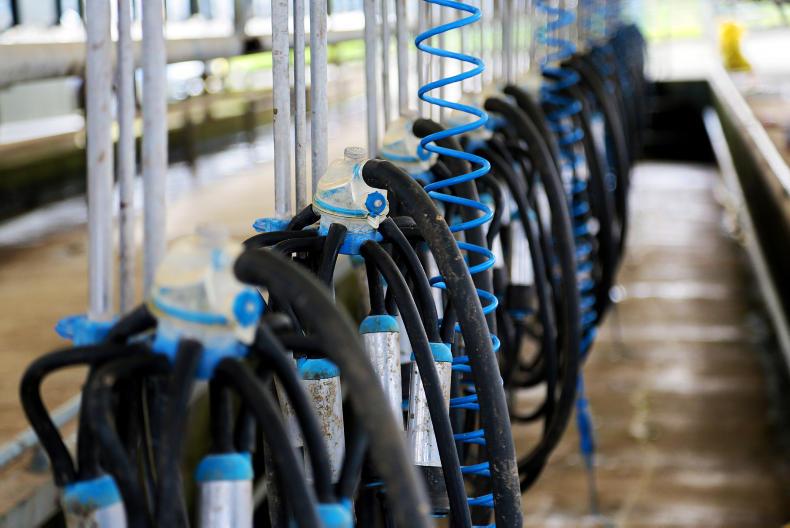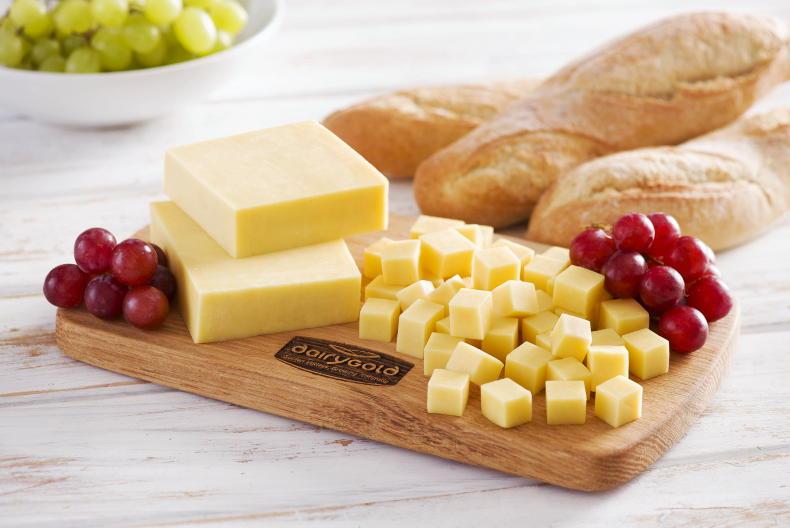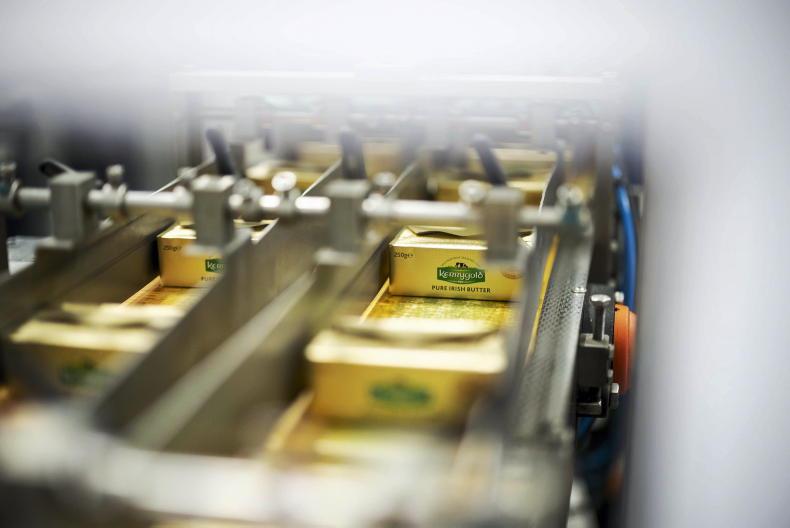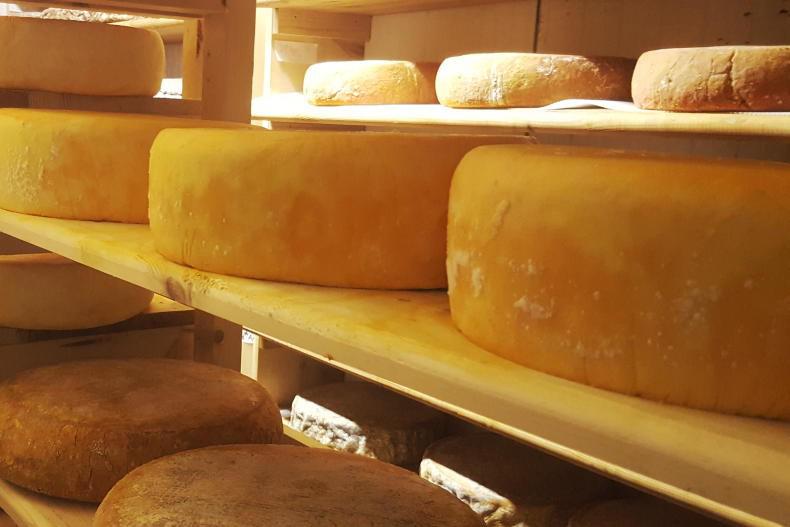This week, many Irish dairy farmers were surprised by the depth of the cuts to February milk prices. For Joe Collins, managing director of Ornua’s dairy trading and ingredients division, this week’s cuts to farmgate milk prices were, unfortunately, to be expected.
Ornua is Ireland’s largest dairy exporter, accounting for 60% of Irish dairy exports to EU and international markets.
“Even allowing for seasonal low volume intake, the milk price has held up well in Ireland considering EU market returns have fallen dramatically since November. There have been some sharp cuts in milk prices across Europe,” said Collins.
“These cuts have come sooner and sharper than expected. Processors in Germany have cut milk prices by up to 9c/l over the last two months,” he said. February milk prices in Germany are now at 31c/l, according to reports.
There have also been cuts in milk prices in the UK and the Netherlands, with drops of up to 6c/l since December. Some UK processors are paying 28c/l, which is below the cost of production for UK farmers. In the Netherlands, FrieslandCampina paid out 35c/l for February milk.
Supply drivers
However, Collins says the falling milk price in Europe may be a positive for Ireland in the medium to long term. Strong prices would have driven further milk production growth this spring/summer across Europe.
At this time of year, Collins says dairy markets the world over are closely watching the spring/summer flush of milk coming out of Europe. Aside from lower milk prices, there are a number of reasons why growth in EU milk production may be constrained this spring/summer.
Firstly, the recent cold snap across Europe brought on by Storm Emma will have some short-term impact on milk flows, while delayed grass and cereal crop growth will have a medium-term impact. At the same time, feed prices are rising on the continent, which will hurt the more intensive dairy systems favoured in parts of Europe.
Feed wheat prices in Europe are touching a three-year high over the last month, while US soya prices have risen to a two-year high. Other input costs such as fertiliser have also increased in recent months, while oil prices have risen above €60/barrel since December.
The combination of higher input costs, lower farmgate prices and some challenging weather conditions will squeeze margins and should limit a big flush of milk out of Europe this spring. This may stabilise and support Irish milk prices later in 2018.
In the US, rising feed prices and higher labour costs will limit output growth. US milk prices are currently at breakeven point for many farmers.
In New Zealand, the drought this summer has hurt supply, and reduced sales volumes on the GDT, which in turn boosted auction pricing. However, Collins notes that any late season increase in milk supplies may increase product volumes on the GDT in the upcoming auctions, which could send the dairy index lower.
Demand drivers
When it comes to markets, returns for dairy products are mixed and the structural mismatch between protein and fats continues. Collins says that dairy powder markets are still “very ill”, with whole milk powder (WMP) currently trading around €2,600/t, while skimmed milk powder (SMP) prices are on the floor at €1,200/t.
There is no doubt the 375,000t of SMP sitting in EU intervention continues to overhang markets.
“What skim powder markets need is for the EU Commission to do a controlled sales deal with a big feed buyer,” said Collins. Any signal that the intervention stocks could be cleared would deliver upside potential for prices.
On the dairy fats side of the market, he said butter is holding reasonably well around the €4,500/t to €4,750/t range.
“When butter prices go past €5,000/t you get into trouble with demand and affordability. Conversely, when prices go below €4,000/t it starts to hurt supply, especially when SMP prices are so weak,” he said.
Collins says an awful lot depends on skim markets right now. While butter and cream demand is solid, the main driver of high fat prices over the last year is because butter output has been curtailed due to record low SMP prices.
Product mixes
Despite the recent rally in butter prices, processing milk into butter and SMP is currently the least attractive product mix, while WMP is not much better.
Instead, cheese markets have stabilised and improved recently, with cheddar prices very healthy above €3,000/t.
Cheese export demand from Europe has been strong, with the price of gouda and mozzarella much improved in recent months. Collins believes the upcoming World Cup in Russia could be driving demand for pizza-type cheeses like mozzarella.
While Ireland does not produce large amounts of gouda or mozzarella, these cheeses utilise a lot of European milk and create opportunities for cheddar to backfill markets.
Overall, Collins says spot commodity prices across Europe are currently returning in and around 26-27c/l.
Meanwhile, Ornua’s purchase price index (PPI), dropped more than six points in February to 105, which is the equivalent of 29.7c/l excluding VAT.
“Hopefully the spring/summer flush in Europe will be controlled and milk prices could push up to 28c/l or 29c/l territory. An awful lot also depends on SMP prices and markets will be closely watching what the European Commission does with its intervention stocks,” said Collins.












SHARING OPTIONS